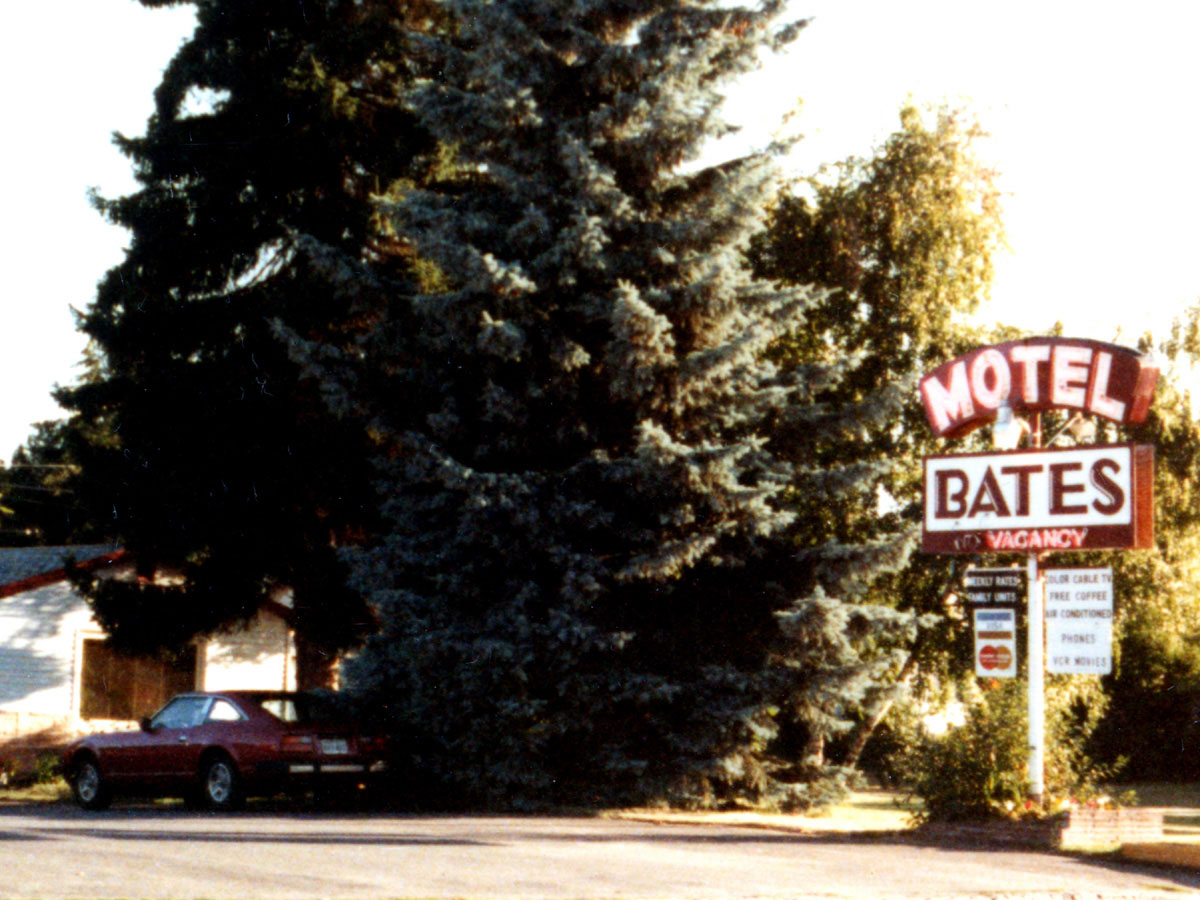Interesting things become visible if you get really up close to a July 4 fireworks display.
Continue reading
Business Name Failures
Perhaps you don’t really want to name these businesses after yourself: Sam N Ella’s River Club Bar & Grill, Kankakee; Bates Motel, Coeur d’Alene. More weird business names.
Continue reading
Wall Art: Generations of Jessica’s
Three generations of great roadside art signage on the wall at Jessica’s Western Wear, Clark near Lunt, Chicago. The art continues to deteriorate, and the store is now called Jessica’s Fashion, but there is still some cowboy gear in the window. What I really want to know, however, is where the Jetsons came in.
Continue readingWeird Store Names: Questionably Gross
Not the grossest business ever. What about B&M Waste management? And more oddities.
Continue readingKedzie Avenue Gems
Kedzie Avenue is one of my favorite Chicago streets. It runs the length of the city and far south to 206th Street in Olympia Fields. It’s got a great name, for an early real estate developer. And of course there is a lot of fine signage along the way.
Continue readingReview: Louis Wain’s Cats
Louis Wain would have been important if he had only been the greatest master ever of cute and anthropomorphic felinity, which, around the turn of the 20th Century, he was. His images of kitties were cranked out and reproduced in vast numbers, creating an inexhaustible reservoir of catty charm. Wain would have been important if he were only known for the increasingly bizarre and (before the term was coined) psychedelic cat images he produced toward the end of his life while institutionalized as a schizophrenic. And Wain would have been fascinating if only for the ceramic cats he designed in
Continue readingShort Review: George E. Ohr: The Greatest Art Potter on Earth
It’s hard to call Ohr’s pottery anything other than magnificent, and this book has a ton of beautiful images. The strength of his work is such that it is not overpowered by his story, which is saying a lot. Ohr cultivated eccentricity. His biography is uniquely entertaining, and the story of his work and its reception — in his own time and its rediscovery long after his death — is endlessly fascinating. The writing occasionally comes off as a bit too jolly, but I understand the temptation presented by Ohr’s own ebullience. Overall the text is engaging and authoritative.
Continue readingShort Review: Through the Eye of a Needle
Peter Brown takes on the end of the Western Roman Empire through the lens of wealth and religion, shining a brilliant light on the transition from Antiquity to the beginning of the Middle Ages. He writes extremely well for non-specialists, but with authority, and as he has elsewhere, makes a strong case that the Dark Ages as commonly understood did not exist. While there certainly was plenty of discontinuity, the Roman Empire did not abruptly disappear followed by blank centuries. Instead, as Brown traces, there were interrelated military, political, economic, social and religious evolutions as the Empire dissolved into a
Continue readingAs seen on TV
I am so ready for dinner. I’ll take my veggetti in a bacon bowl please, with stuffed eggwich on the side, just like I seen on TV.
Continue reading